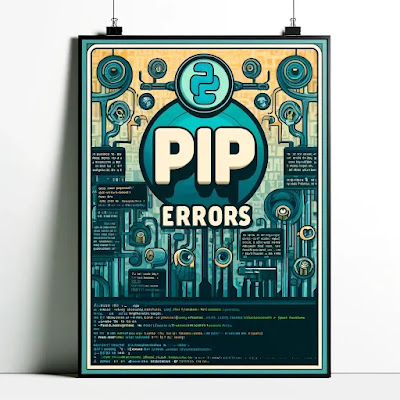Automating Incident Management with ServiceNow: A Developer’s Guide
In this blog post, we’ll explore how to automate incident management using ServiceNow. This is a common task for developers working with the platform, aimed at streamlining the process of incident reporting, tracking, and resolution within an organization. We’ll go through the steps to create a custom workflow for incident management, demonstrate how to trigger an incident automatically based on certain conditions, and explain how to integrate email notifications within the workflow.
Read more »Labels: Automating Incident Management with ServiceNow: A Developer’s Guide













%20and%20Amazon%20SQS%20(Simple%20Queue%20Service).%20The%20infographic%20is%20split%20into%20two%20sec.webp)











